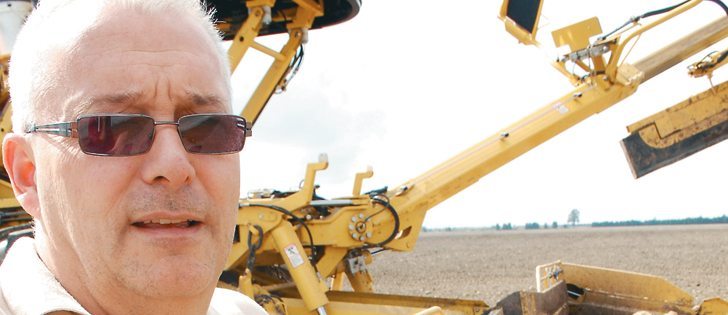Prairie cattle producers coping with poor pastures should re-evaluate long-held practices and be prepared to make tough management decisions, said speakers at the 2009 Saskatchewan Pasture School in Saskatoon.
Jeremy Brown, a range ecology technician and cattle producer from Cut Knife, Sask., said later-than-normal turn-out dates and the likelihood of a short grazing season have many producers pondering their next course of action.
“When times are difficult like this … it’s very tempting to pay less attention to what’s happening out (on the range) because you feel kind of helpless,” Brown said.
Read Also

Gene editing digs deeper space in Canadian plant breeding
More Canadian research into crop variety development is incorporating gene editing, and one researcher notes that Canada’s regulatory approach to gene editing will help drive innovation
“But you really can’t afford to do that. The harder the situation is, the more important good management becomes.”
Brown said flexible decision-making is key to survival.
Cattle producers should take a critical look at their operations and should constantly re-evaluate production practices and management strategies, he said.
He said swath grazing might have looked good when forage was more plentiful, but with hay in short supply, the benefits of swath grazing should be re-examined.
“I’m not suggesting that you’ll find easy options but you’ve got to try to do the best with the situation that you’ve got.”
Producers in some parts of Saskatchewan and many regions of eastern Alberta could be hard pressed to meet their winter feeding requirements.
Chris Nykoluk, a range management expert with Agriculture Canada, said desperate producers should look at all options, no matter how unusual.
However, she emphasized the need to avoid overstocking stressed rangelands.
“A lot of people think that their grass stand will support more grazing than it really will,” said Nykoluk.
“Some people are very good at winging it and at just using their eyeball to determine proper stocking rates. They have the skill, they have the knack … but the beef industry is pretty challenging right now and there’s not a lot of margin for error.”
Saskatchewan Agriculture’s Initial Stocking Rate Recommendations for Seeded Pastures in Saskatchewan can help producers determine acceptable stocking rates for tame forage species in different soil zones.
In drought years, stocking rates suggested in the publication should be reduced because the carrying capacity of pastures is less than optimal, she added.
Under normal conditions, a single animal unit, which represents a mature cow up to 1,000 pounds with or without a calf up to six months of age, will eat as much as 26 lb. of forage per day.
By comparison, a 1,200 lb. cow will eat roughly 31 lb. per day and a 1,500 lb. cow will eat up to 39 lb.
Nykoluk said poor pasture conditions often result in overgrazing because producers reluctant to reduce their herds are squeezing every ounce of nutrition out of their grass.
Pastures that have been well managed during the previous few years will stand up better than those that have been overgrazed, she added.
“Grazing is still the cheapest way to keep the cow and that is precisely the reason why producers should keep their pastures in good condition,” Nykoluk said.
“It’s important to leave some material on those pastures because if we don’t, they’ll cook up. They’ll heat up and that’ll make it even more difficult next year.”
Arnold Mattson, a rural development officer with Agriculture Canada, said dry conditions highlight the need for producers to evaluate where their wealth is being generated.
Mattson, who developed a wealth management CD called the Wealthy Rancher Calculator, said western Canadian cattle producers excel at producing quality beef animals at a low cost.
However, marketing beef animals is not the only potential source of income available to ranchers.
They can also market standing forage, baled hay and leased grazing space, he said
“Ranchers and cattlemen produce grass but they sell beef, elk or bison … and that’s what makes it so difficult to analyze what part of the operation is making money,” Mattson said.
“The key for livestock producers is converting that grass into cash, so if producing beef or elk or bison isn’t the best option, then producers have to figure out what the best option is.”
Mattson’s calculator is designed to assess different sources of profit on the ranch and to determine how cattle producers and landowners can maximize their net income.
For a copy of the CD, contact Mattson at mattsona@agr.gc.ca.















